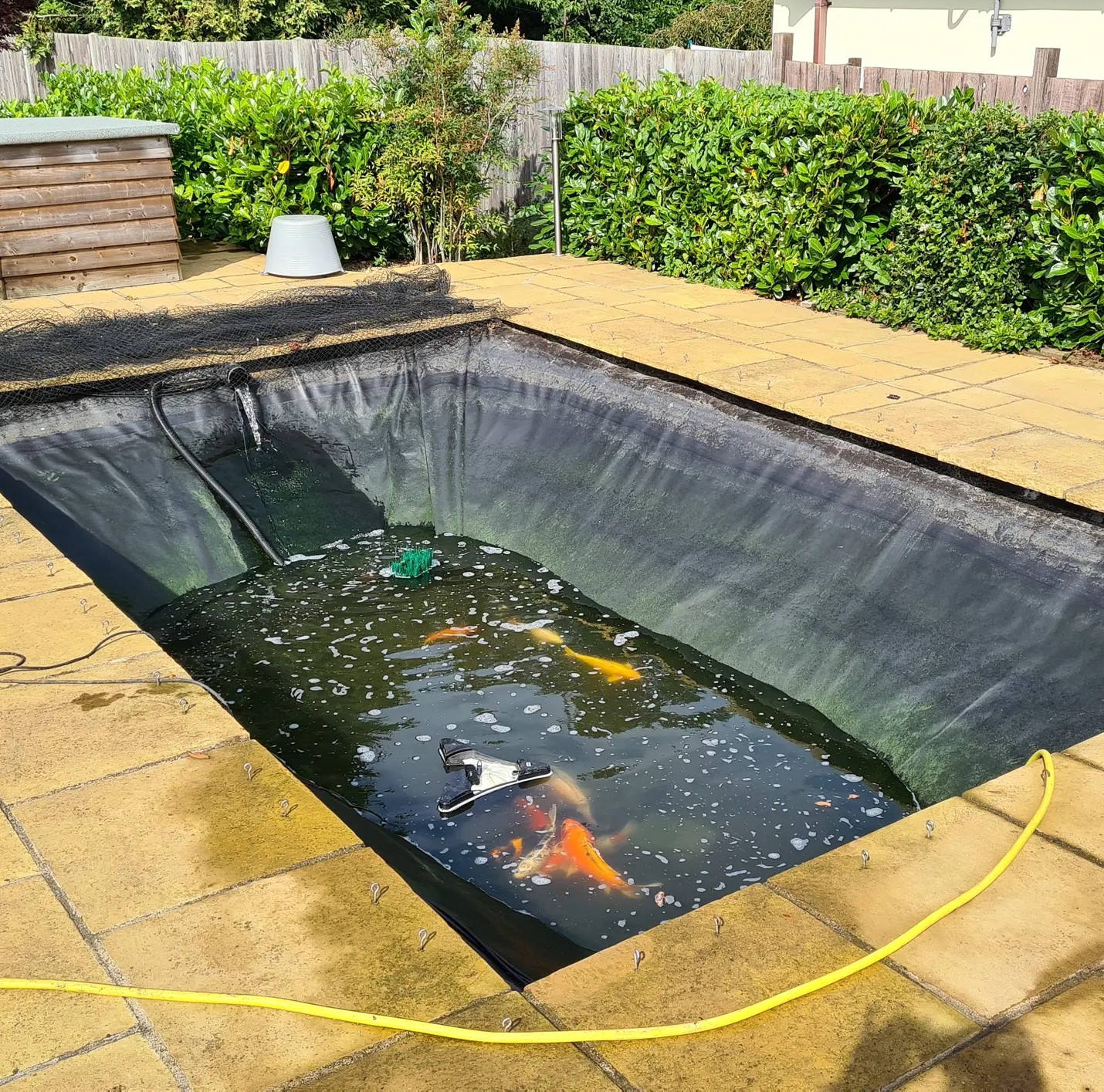
What to Do When You Inherit a Koi Pond
Inheriting a koi pond is an exciting yet somewhat overwhelming experience. It presents the chance to care for and appreciate a captivating aquatic environment. However, the responsibility may feel daunting, especially if you’re unfamiliar with the necessary care and maintenance. This post aims to guide you through this journey, covering essential aspects such as evaluating the current state of the pond, ensuring the well-being of your koi, and committing to ongoing maintenance to keep your pond flourishing.
Evaluating the Current State of the Pond
The first step in caring for your inherited koi pond involves a thorough assessment of its current condition. Take a close look at the pond and its surroundings. Ensure its location is safe and secure, free from potential hazards like predators or harmful plants. Confirm the presence of a fence to prevent access by other animals or small children.
Next, turn your attention to water quality. Examine the pH level, temperature, and water clarity. Check for any visible algae or aquatic plant growth. Keep an eye out for signs of disease, such as lethargic koi or unusual swimming patterns.
Ensuring the Well-being of Your Koi
With a comprehensive understanding of the pond’s current state, shift your focus to the health of your koi. A healthy koi pond relies on optimal water conditions. Koi thrive within specific pH and temperature ranges and require low levels of ammonia, nitrite, and nitrate. Aim for a pH level between 7.0 and 8.0, and maintain water temperature between 60-70°F. Regularly test the water using a kit, adjusting pH levels with water conditioners as needed.
Feeding your koi a high-quality diet is equally crucial. Ensure their food is specially formulated to meet their nutritional needs, avoiding overfeeding to prevent excess waste and maintain water quality.
Ongoing Maintenance of Your Koi Pond
To sustain the vitality of your koi pond, commit to consistent maintenance. Regular cleaning is vital to eliminate debris, uneaten food, and accumulated waste. Monitor water quality, adjusting as necessary by incorporating water conditioners or chemicals to maintain the ideal pH and temperature.
Proper aeration and circulation play key roles in koi pond maintenance. Adequate oxygenation is essential for the respiratory needs of your fish. A reliable filtration system will aid in sustaining clean water, preventing the growth of harmful bacteria and algae.
Winterizing your koi pond is a final, crucial step. Shield your fish from cold temperatures and potential hazards during winter by covering the pond, adding a heater, or temporarily relocating the koi to an indoor holding tank.
While inheriting a koi pond is indeed a wonderful opportunity, it demands a significant level of responsibility. By thoroughly assessing the pond’s current state, prioritizing the well-being of your koi, and embracing ongoing maintenance, you can cultivate and relish a beautiful and thriving koi pond for years to come.
Matthew Adlington





